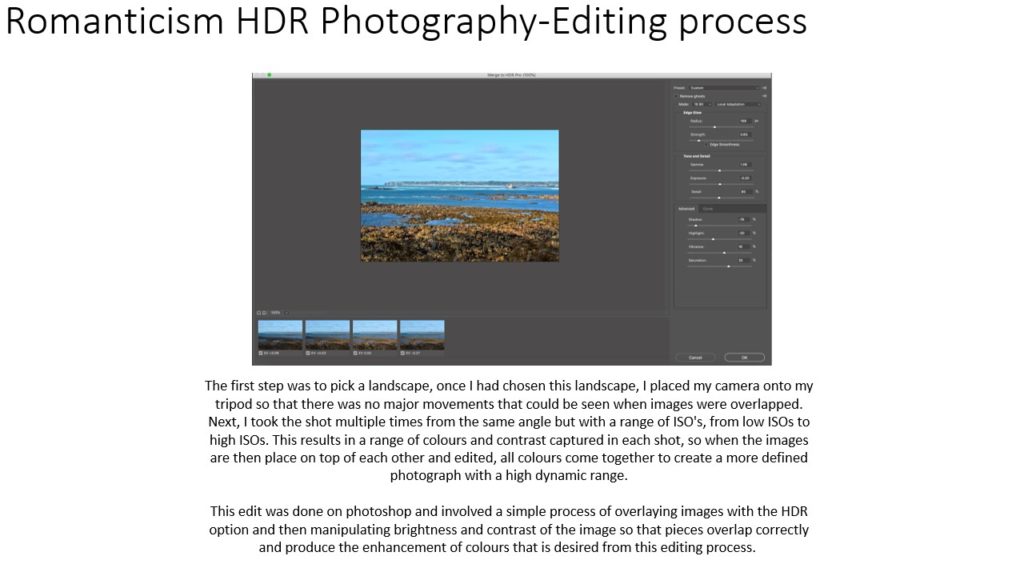
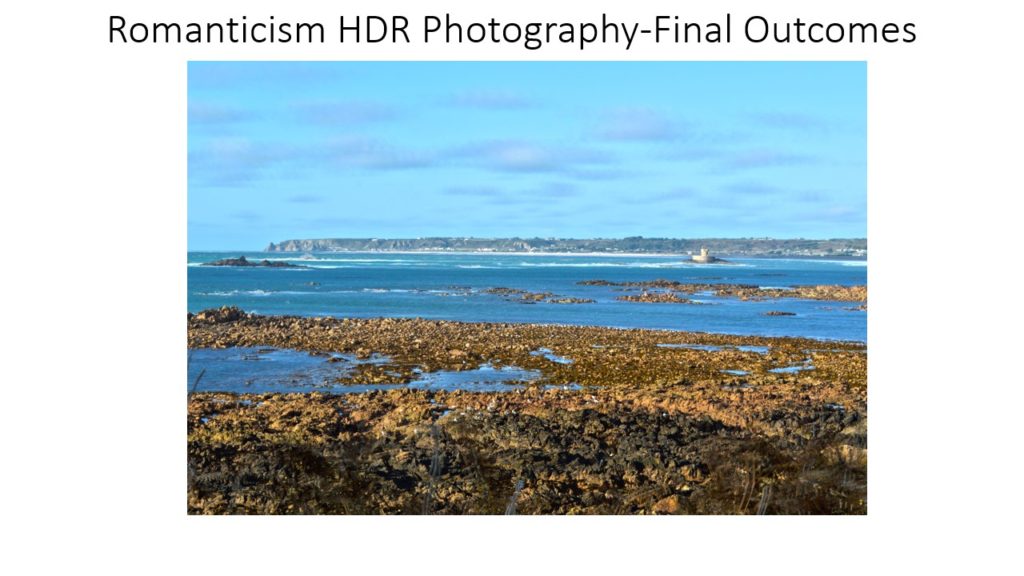
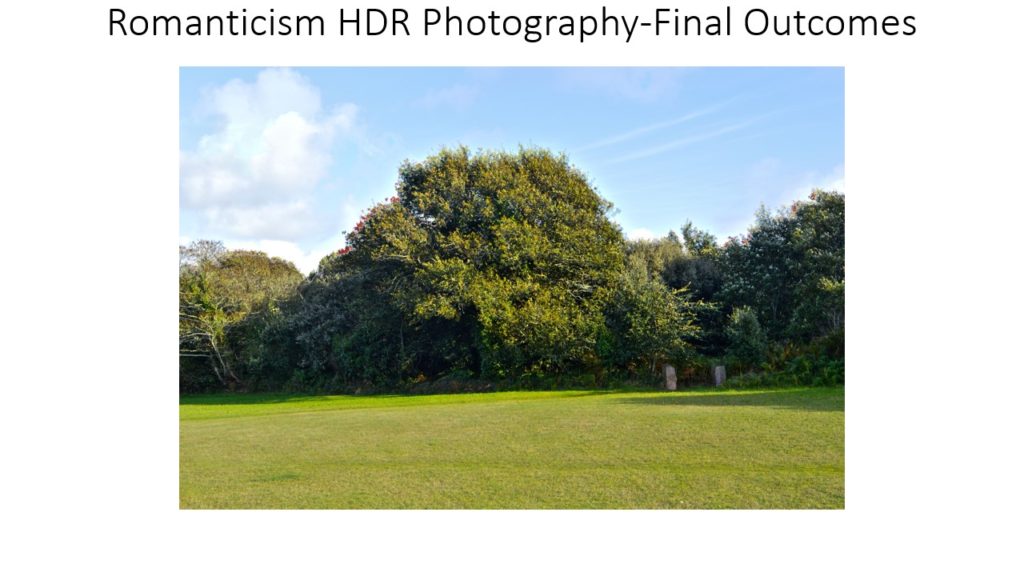
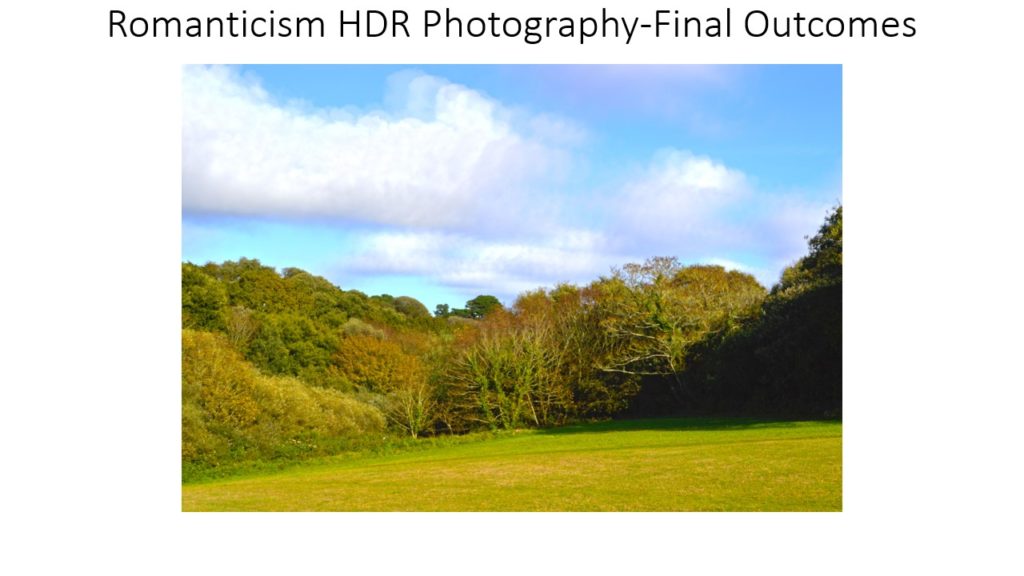
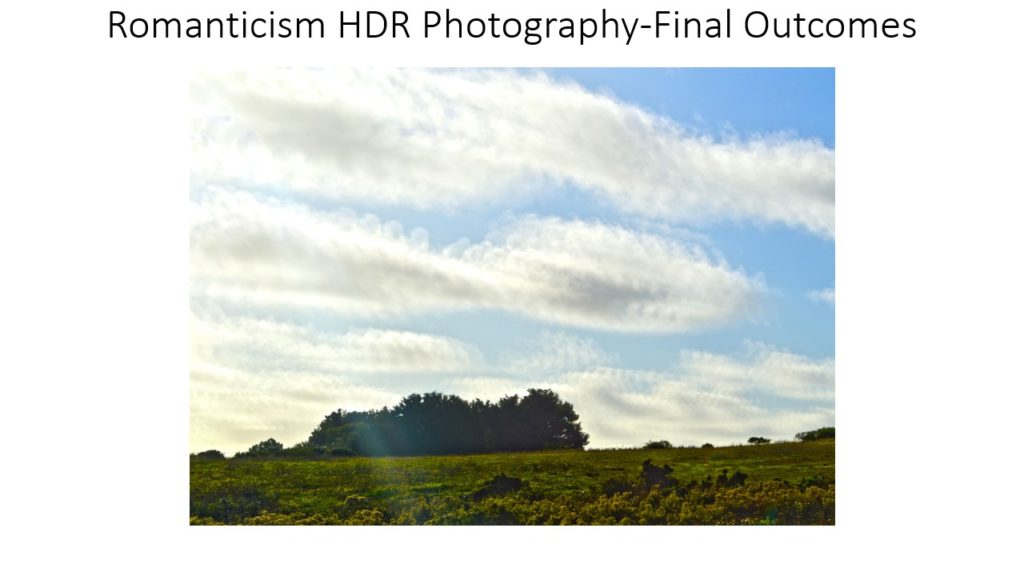





Aperture is defined as the opening in a lens through which light passes to enter the camera, measured in f-stops. You can shrink or enlarge the opening to let more or less light into the camera. Increasing the aperture, increases the overall exposure.
Depth of field is the distance between the closest and farthest objects in a photo that appears acceptably sharp. You can change the depth of field by changing the aperture.
contact sheet from shoot

What is aperture? Aperture is the opening gap in the lens which allows different amounts of lighting into the photograph being taken. As you move between bright and dark environments, the iris in your eyes either expands or shrinks, controlling the size of your pupil. However in photography terms the “pupil” of your lens is called aperture. You can shrink or enlarge the size of the aperture to allow more or less light to reach your camera sensor. Aperture can be seen on the camera by looking at the f/stops and is generally written as numbers such as 1.4, 2, 2.8, 4, 5.6, 8, 11 and 16.
What is Depth of field? Depth of field is an important aspect in the taking of photographs. Depth of field is the distance between the closest and farthest objects in a photo that appears acceptably sharp. Now your camera can only focus sharply at one point. But the transition from sharp to unsharp is gradual. Depth of fields in photographs can be seen in foreground, middle ground and background.
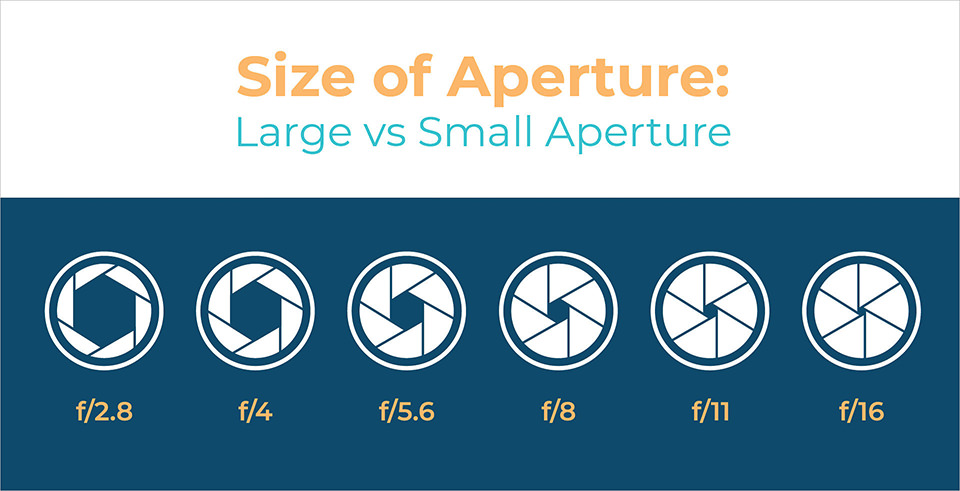
Aperture relates to the size of the whole/ diaphragm in the lens, this is measure in units called f stops.. The lower the number the wider the aperture (for example f1.8) therefore allowing lots of light in through the lens compared to a small aperture of f22 which restricts the amount of light being let in. When taking photos or videos, the aperture also determines the depth of field, for example: a wide aperture of f2.8 creates a shallow depth of field, isolating the subject making the background look blurred. Conversely a small aperture of f22 for example has a deeper depth of field making the whole image in focus.


Kit Lens Aperture test:


















50mm 1.8 Aperture test:







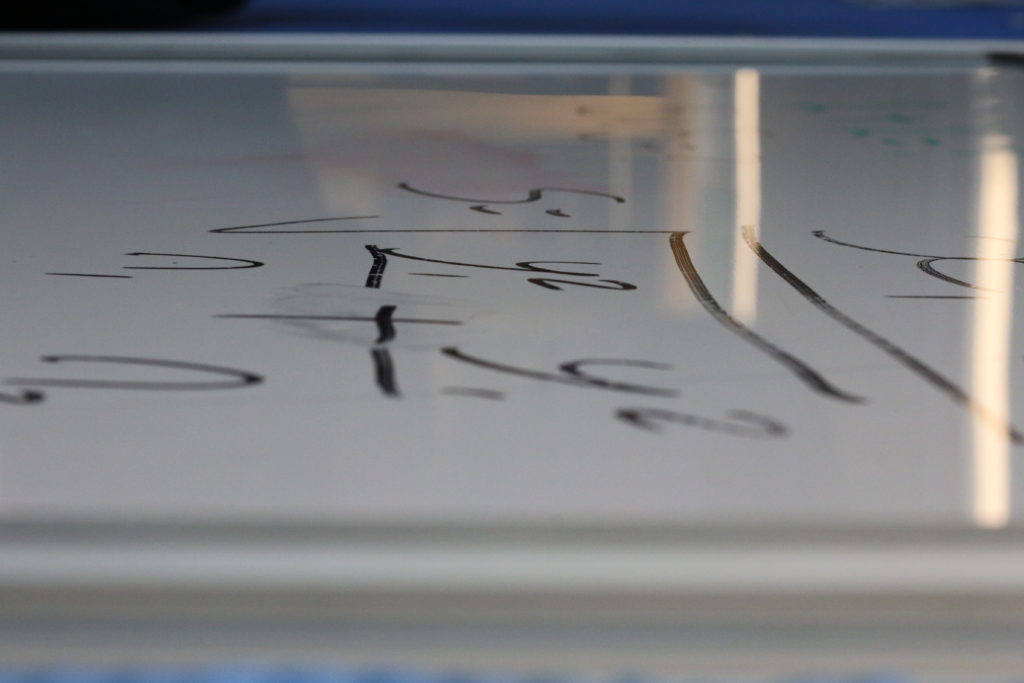


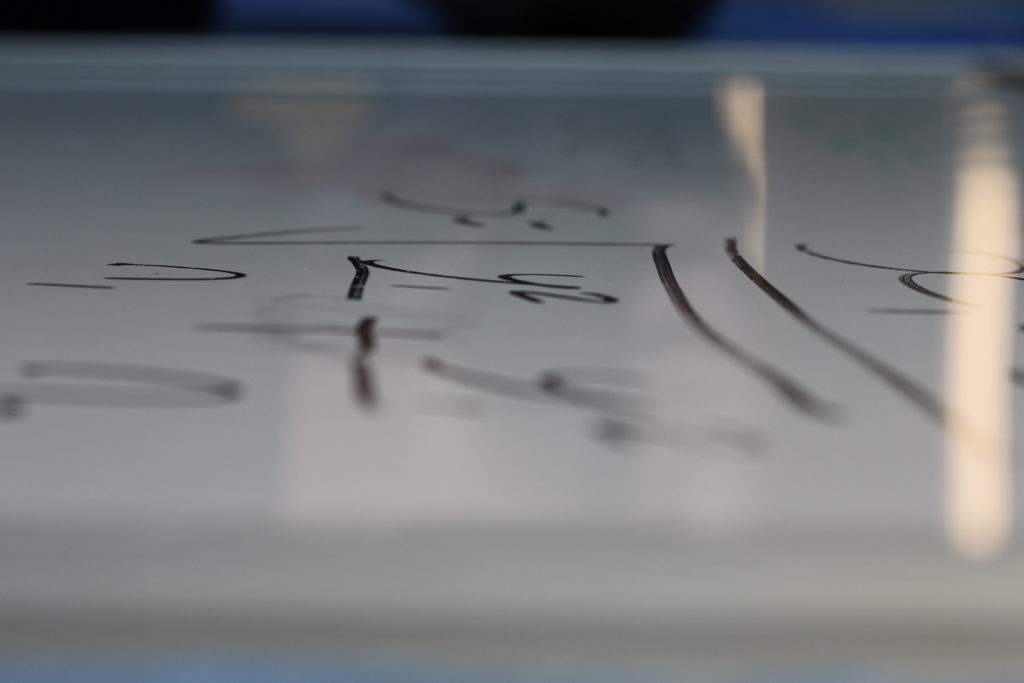
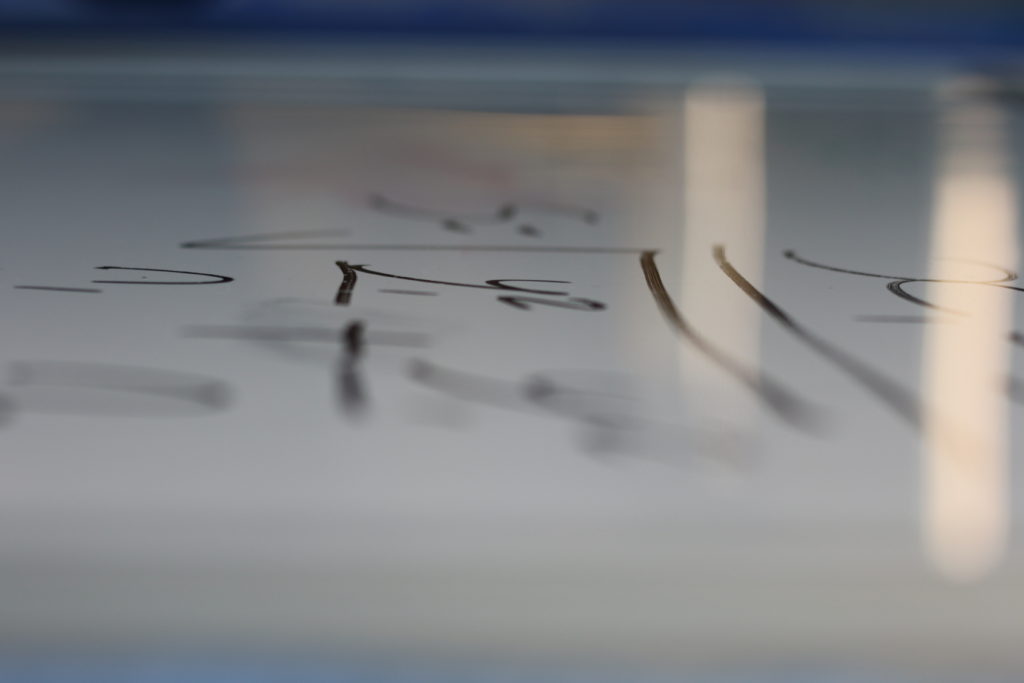

Aperture refers to the opening of a lens’s diaphragm through which light passes. It is calibrated in f/stops and is generally written as numbers such as 1.4, 2, 2.8, 4, 5.6, 8, 11 and 16. Depth of field is the distance between the closest and farthest objects in a photo that appears acceptably sharp. Now your camera can only focus sharply at one point. But the transition from sharp to unsharp is gradual, and the term ‘acceptably sharp’ is a loose one!

Shoot 1,2,3 and 4
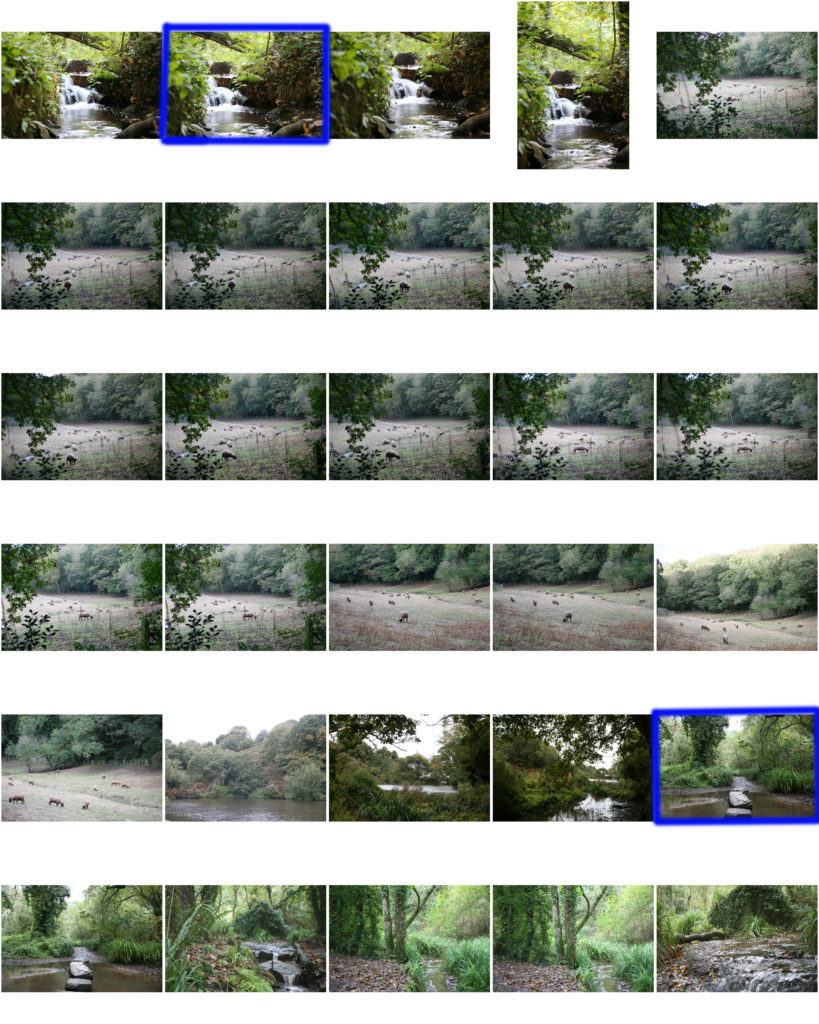
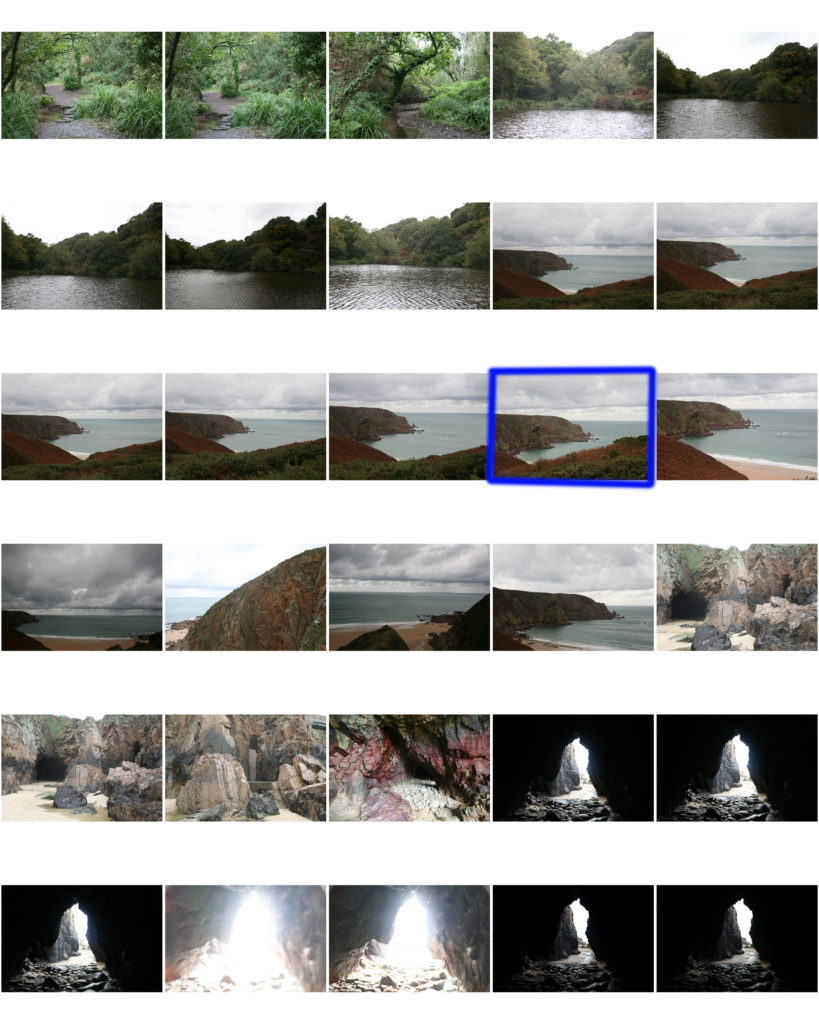

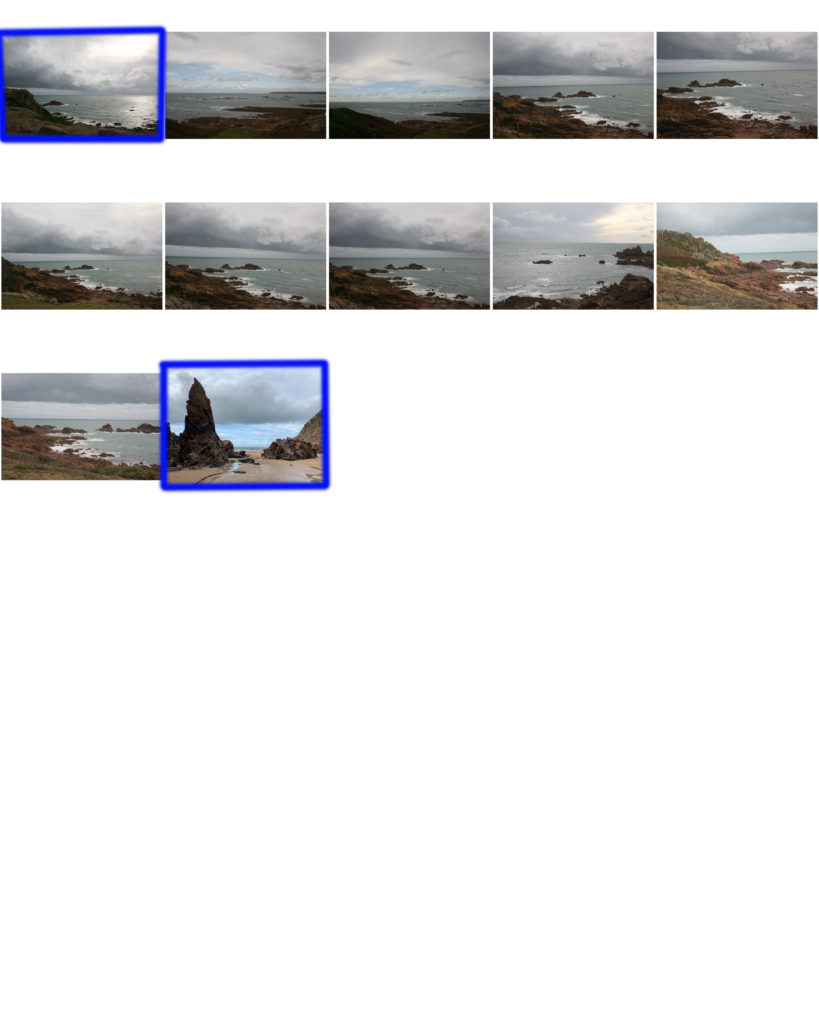
Best images:
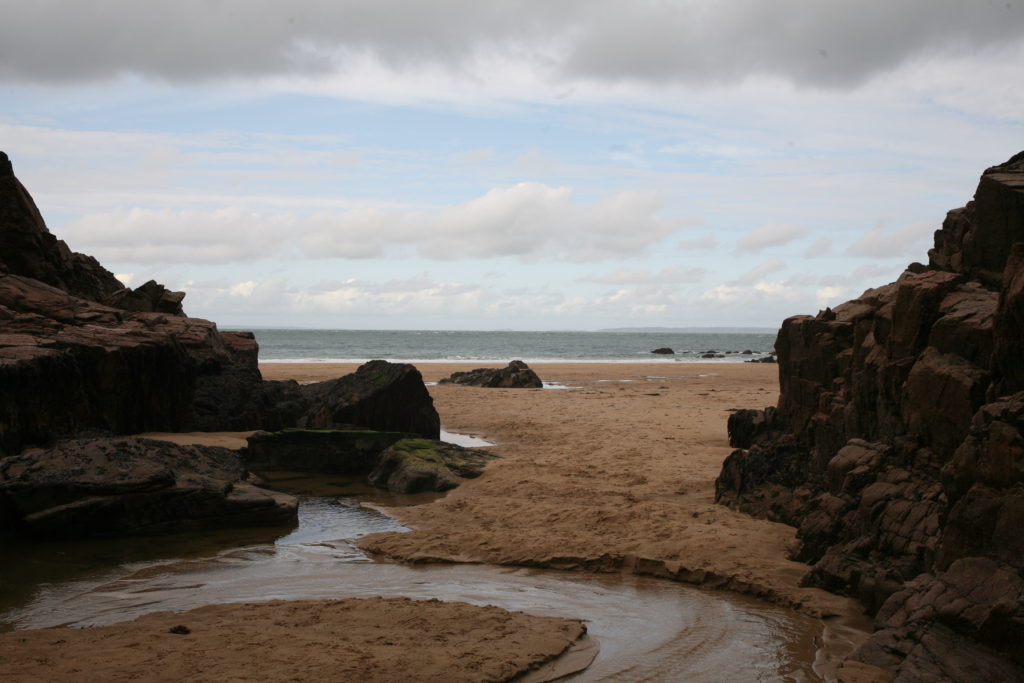
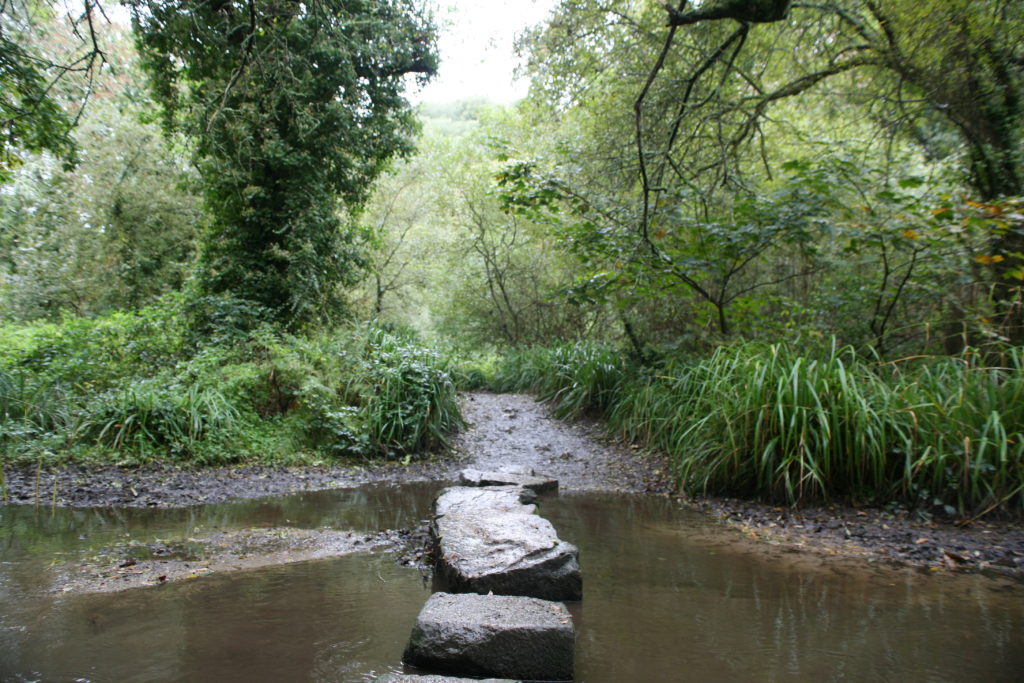
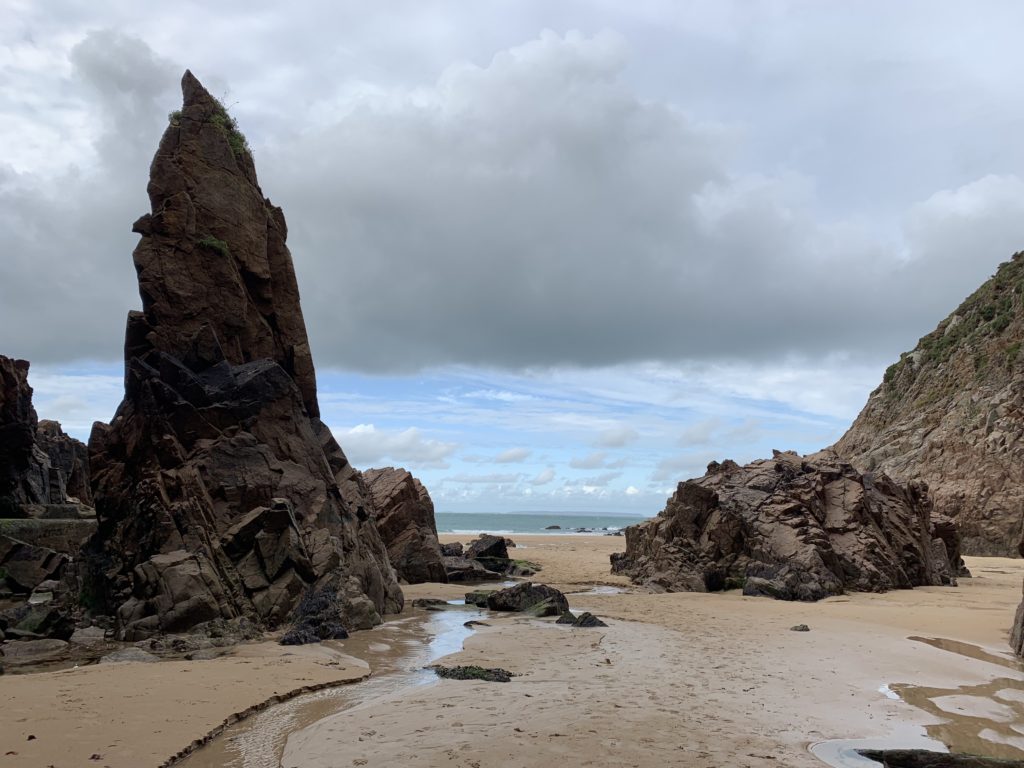
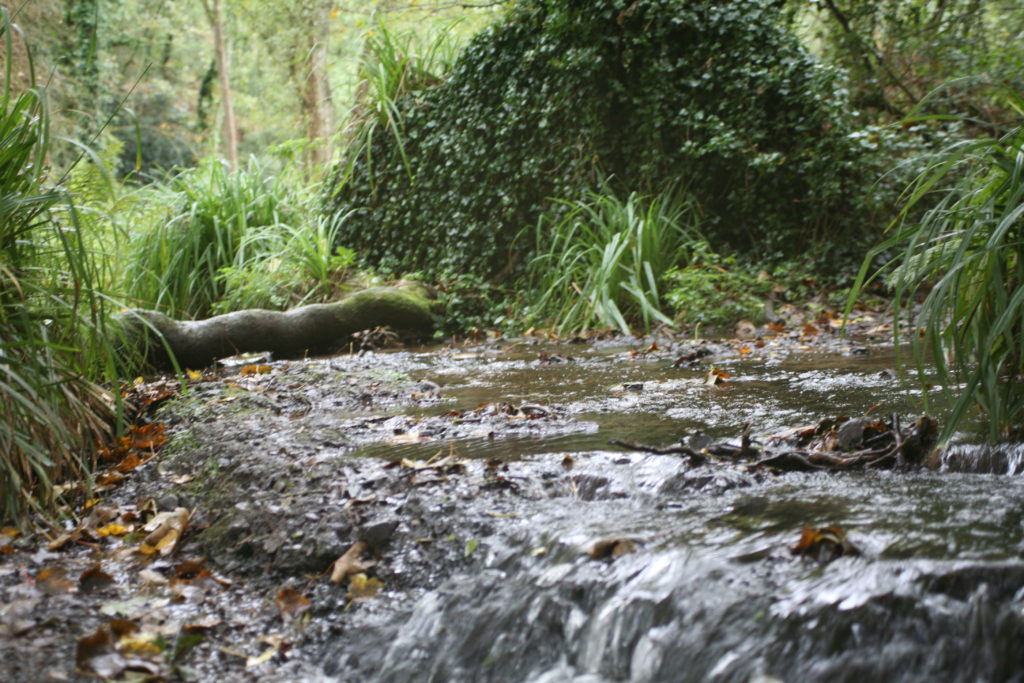
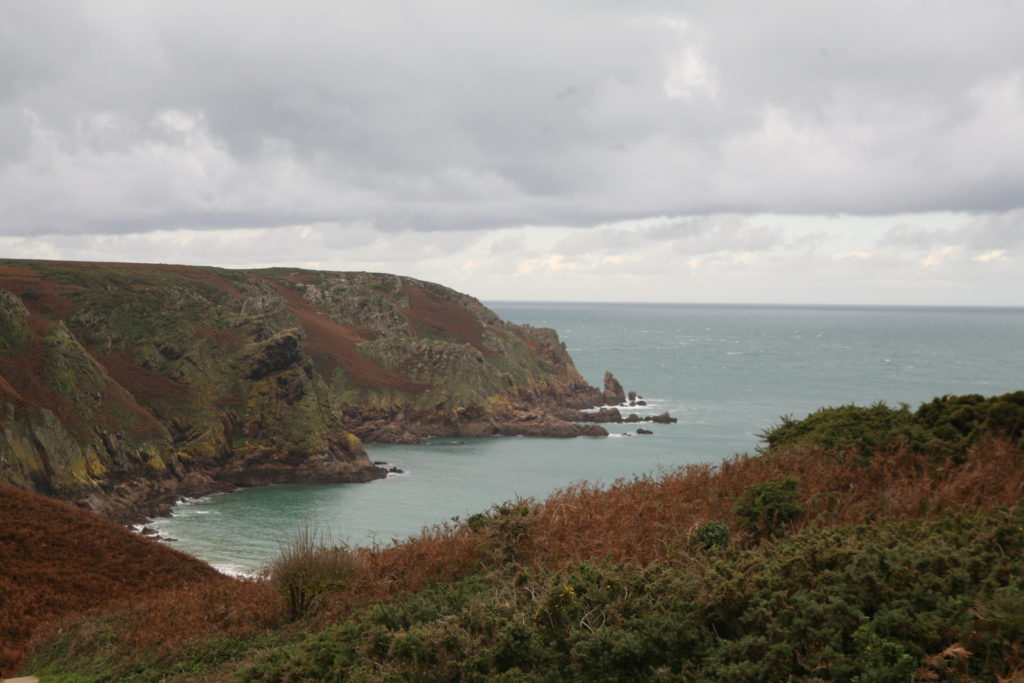
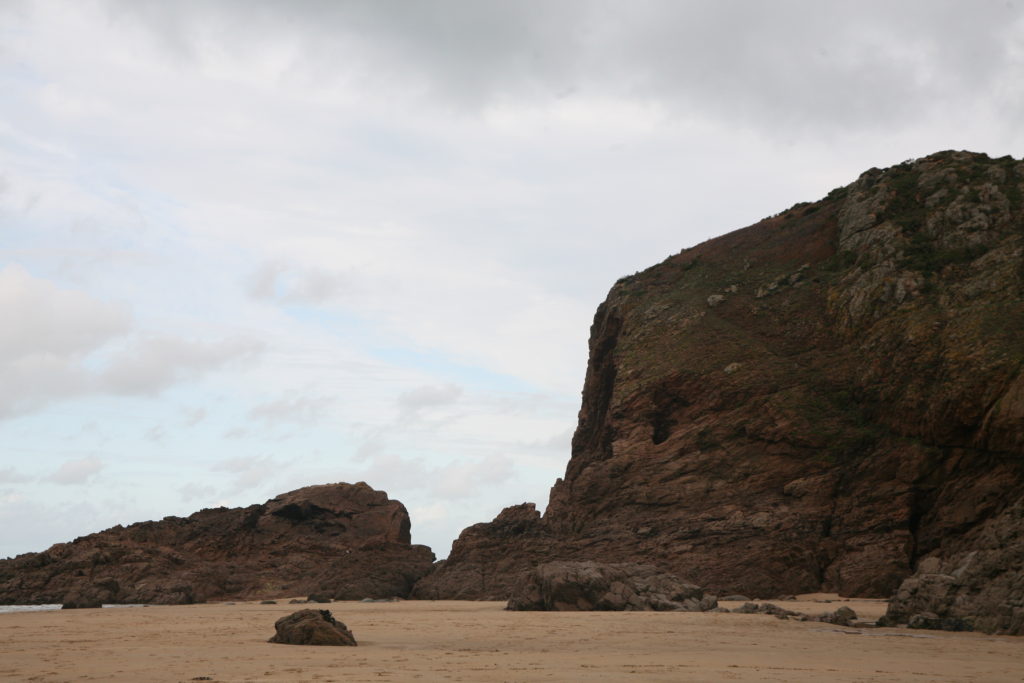
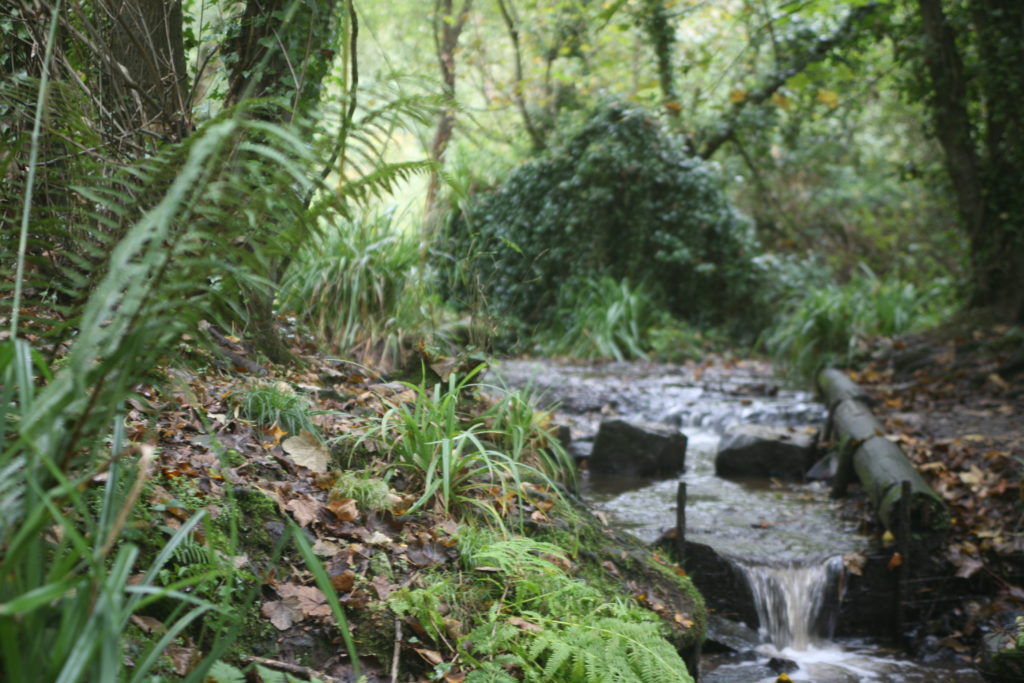
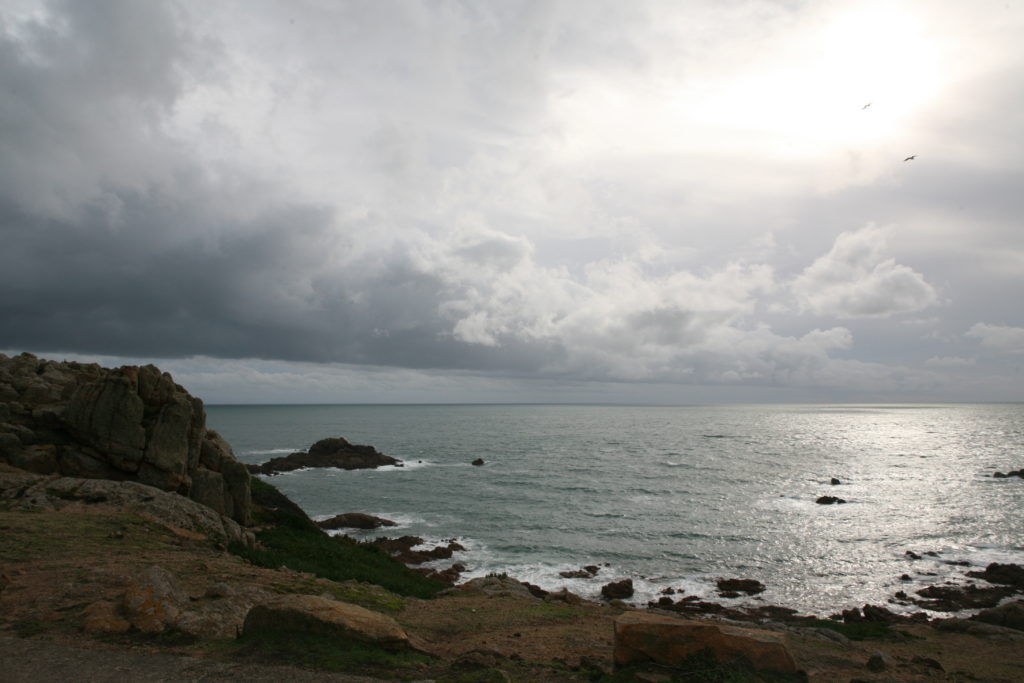


These images proved to be the most successful out of the 4 shoots, as they were clearly taken (no evidence of camera shake compared to the other photographs taken), the majority also show large structures associated with romanticism in landscape photography.
Editing process:



For the image above, I increased the temperature, highlights and contrast to accentuate the detail on the rocks and to make the water in the foreground of the image stand out. These adjustments also helped to outline the shape of the clouds in the top third.

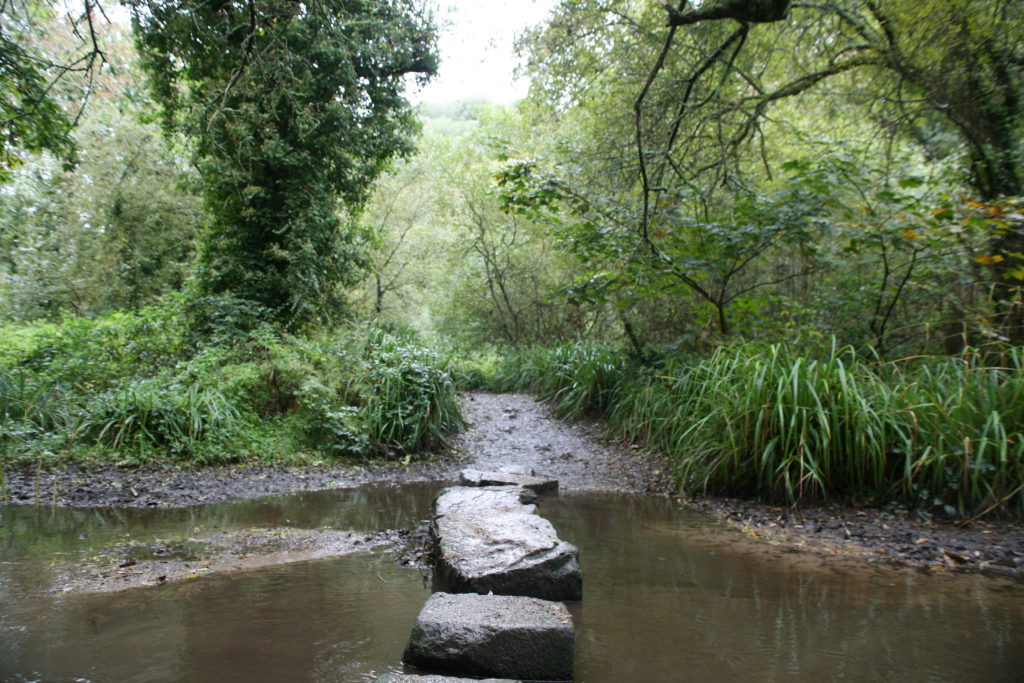

For this image, I wanted to focus on the green aspects of the landscape. Decreasing the brightness and increasing the saturation of the image brought out a range of green tones, which helped add atmospheric depth to the image. The increase in contrast and sharpness of the photo during the editing process helped to focus on the stones in the foreground and bring attention to the brown hue of the river beneath it. The deep colour of water breaks up the photo, drawing the viewer’s eyes away from the green of the leaves and foliage, making them look over different parts of the image.


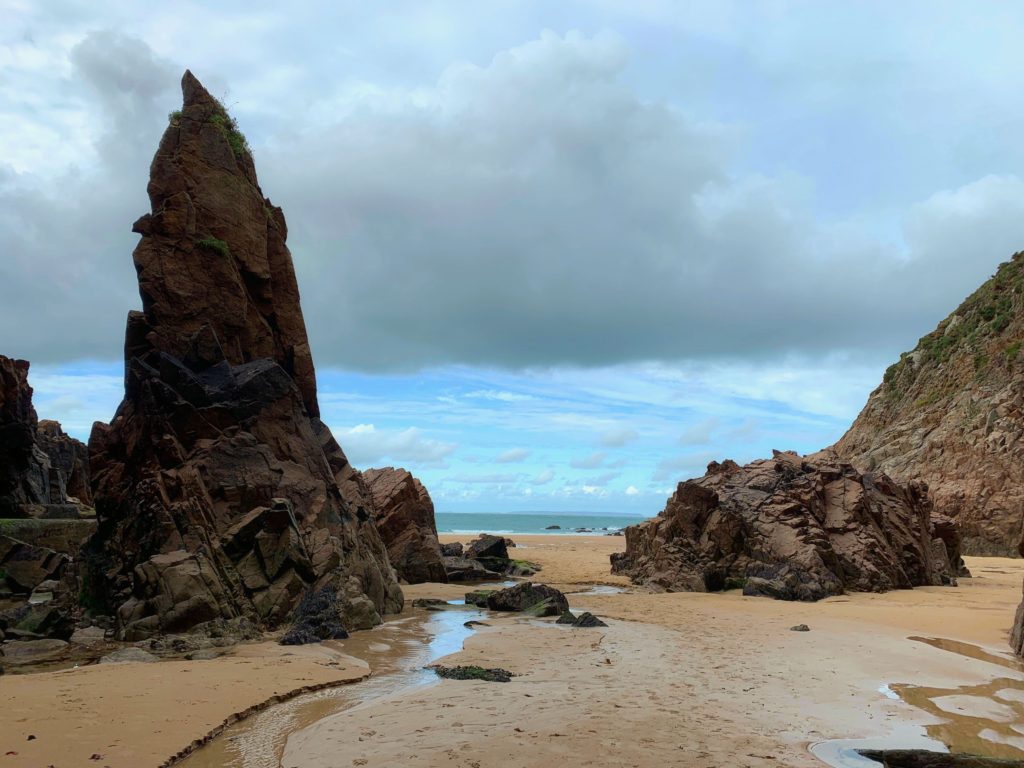
This image pictured above already had features I was satisfied with. I felt as though the photo would benefit from an increase in colour in the sand. To achieve this I increased the saturation, made the temperature of the image warmer and increased the contrast and shadows slightly to bring out the oranges and beiges in the rockfaces and sand.

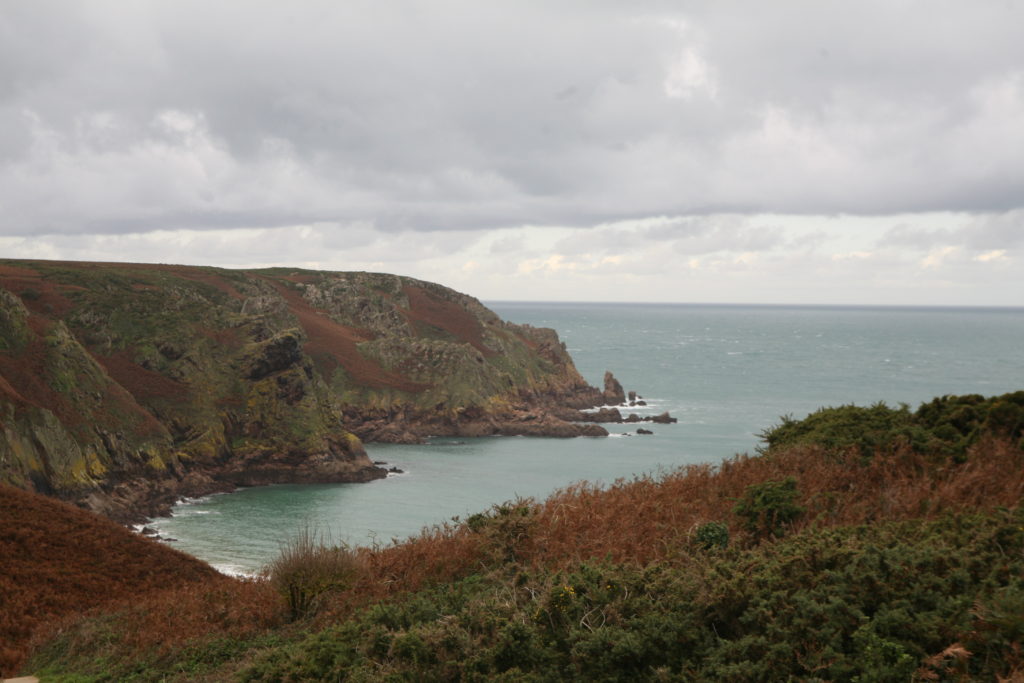
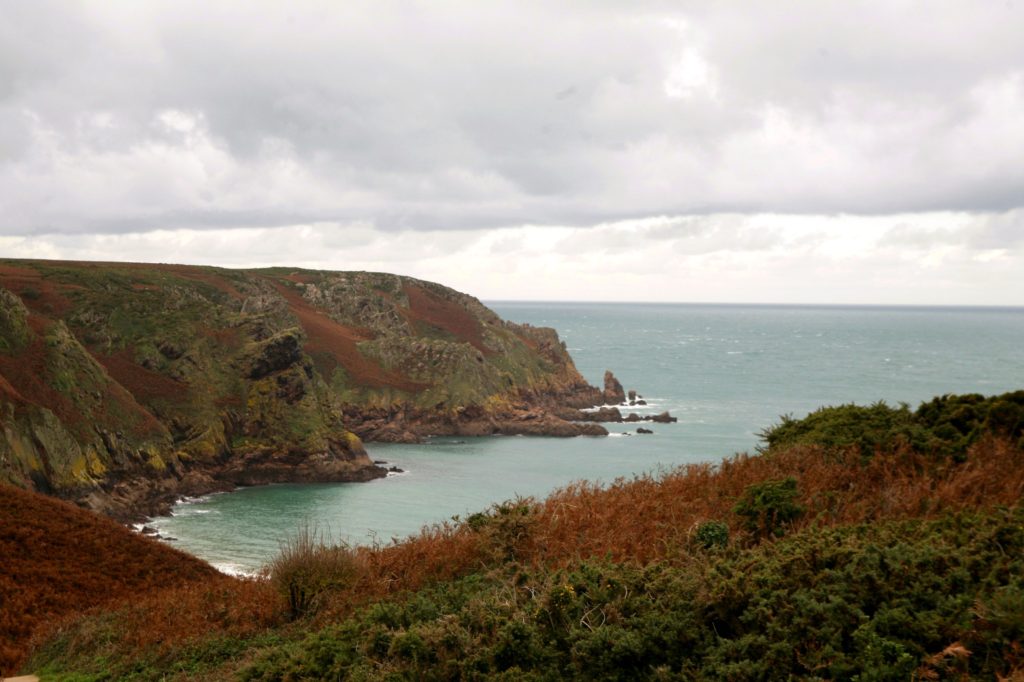
In this image, I wanted to bring out the oranges and dark amber colours of the cliffs. I increased the exposure to brighten the sky and seafoam where the water has broken on the rocks. Increasing the saturation and temperature of the image allowed the creation of a warmer image, in turn emphasizing the greens, yellows and the orange tones in the image.

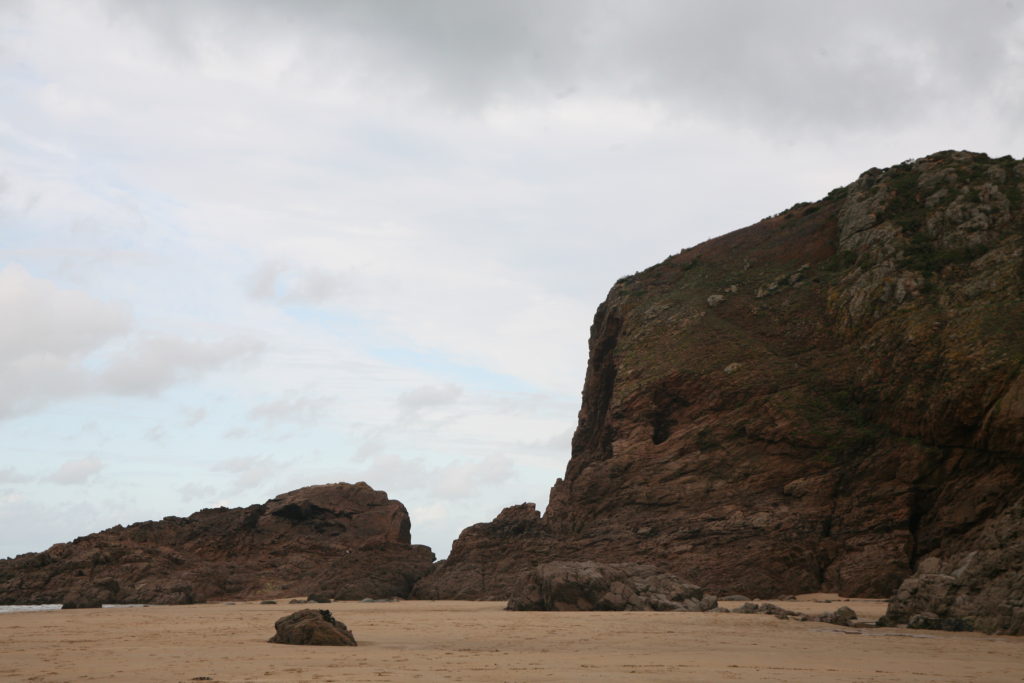
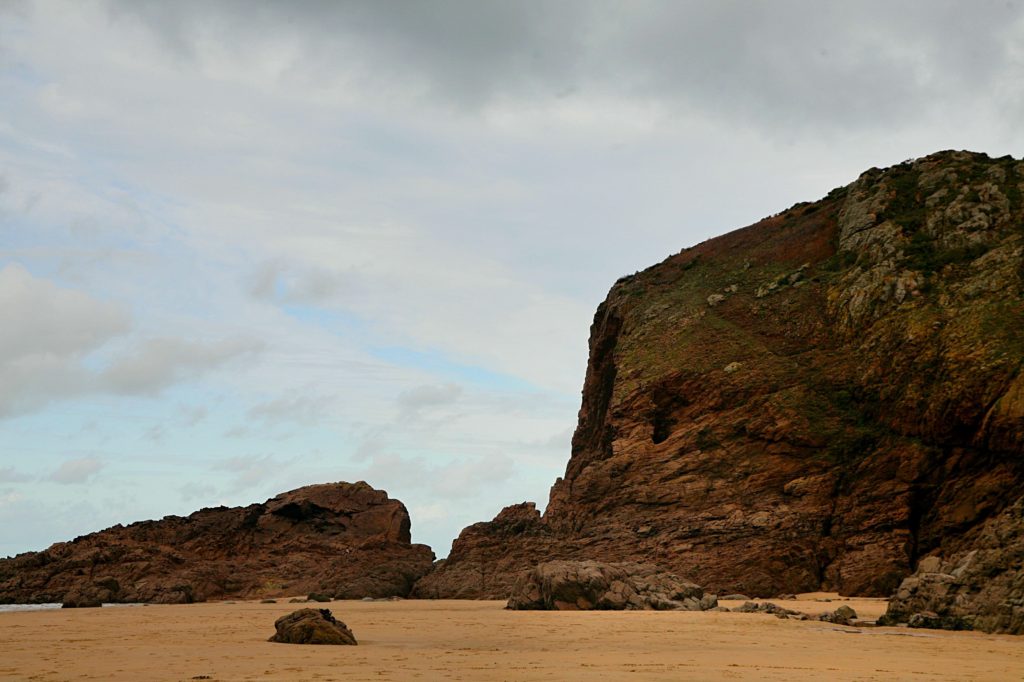
Increasing exposure, contrast, saturation, the temperature and shadows allowed for a more dynamic image to be produced. The final alterations of the photo make the cliff structure the main feature and detract the focus from the background, which had been the most prominent in the original image.

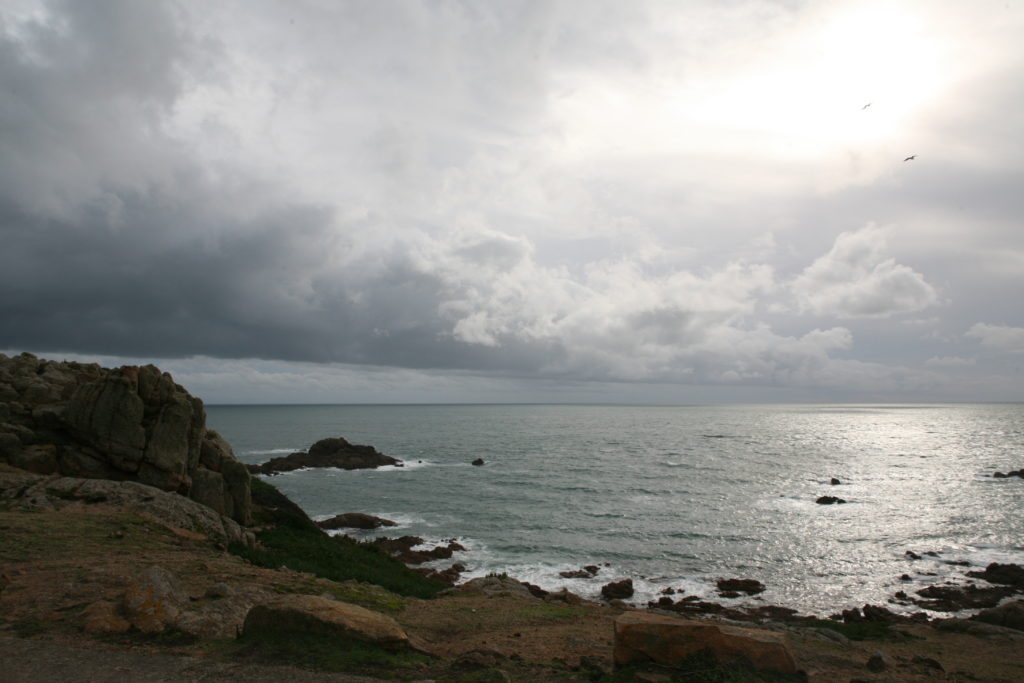
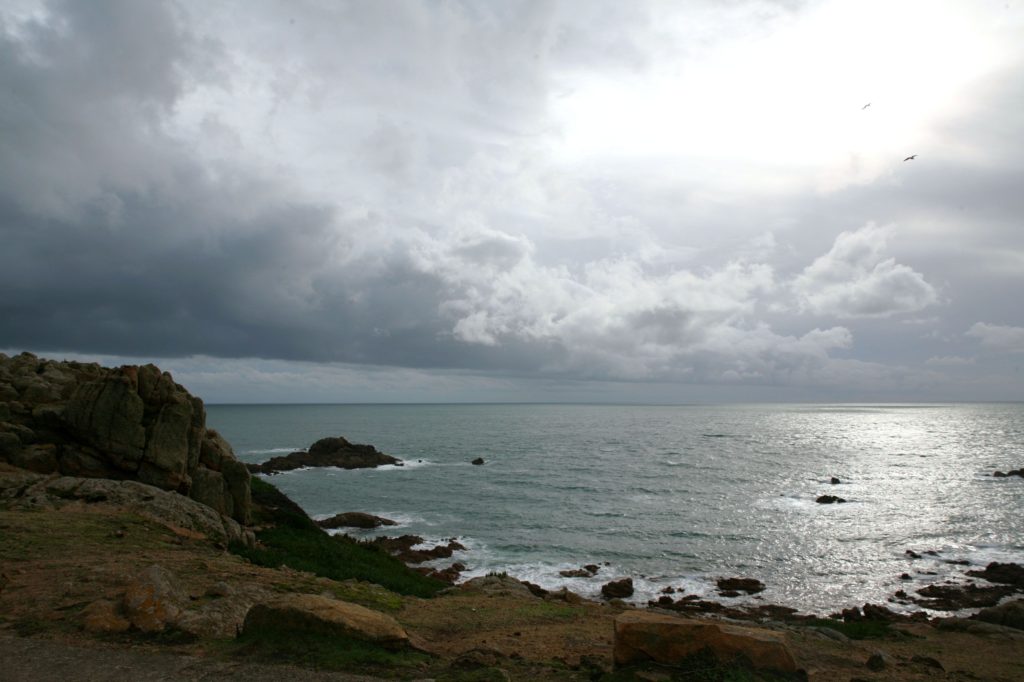
Decreasing the temperature, increasing contrast and saturation, and increasing the highlights within this image allowed me to achieve the sublime effect I was aiming for.
Project Evaluation:
Looking into natural landscapes has allowed me explore the idea of romanticism in photography. It’s resulted in me thinking about what type of landscapes and what aspects of nature provide the most powerful effect on an individual. Stone structures such as cliffs and rocky areas stood out to me as a photographer due to their robustness and permanence, a characteristic that humans lack. These landscapes proved to be entirely humbling due to the power of the sublime.
Having grown up in Jersey, many of these places I visited had a nostalgic and sentimental value to me which made it a challenge to photograph purely through how the image looks through the viewfinder.
The photo-shoots also proved to be difficult due to the mass amount of interference caused by man-made structures and objects. Completely ignoring these structures limited the angles at which I wanted to take photos at. Using the manual settings on the camera was a new experience and faults in my produced images, such as camera shake and over-exposure, are prominent throughout my shoots due to lack of experience.
An uncontrollable factor that limited the days I could complete shoots was the weather. However, its mercurial nature also meant that I could photograph and capture different cloud formations within my images and the sky had also provided dark greys and blues which helped to dissect many images.
Final image:
Editing in the style of Ansel Adams:

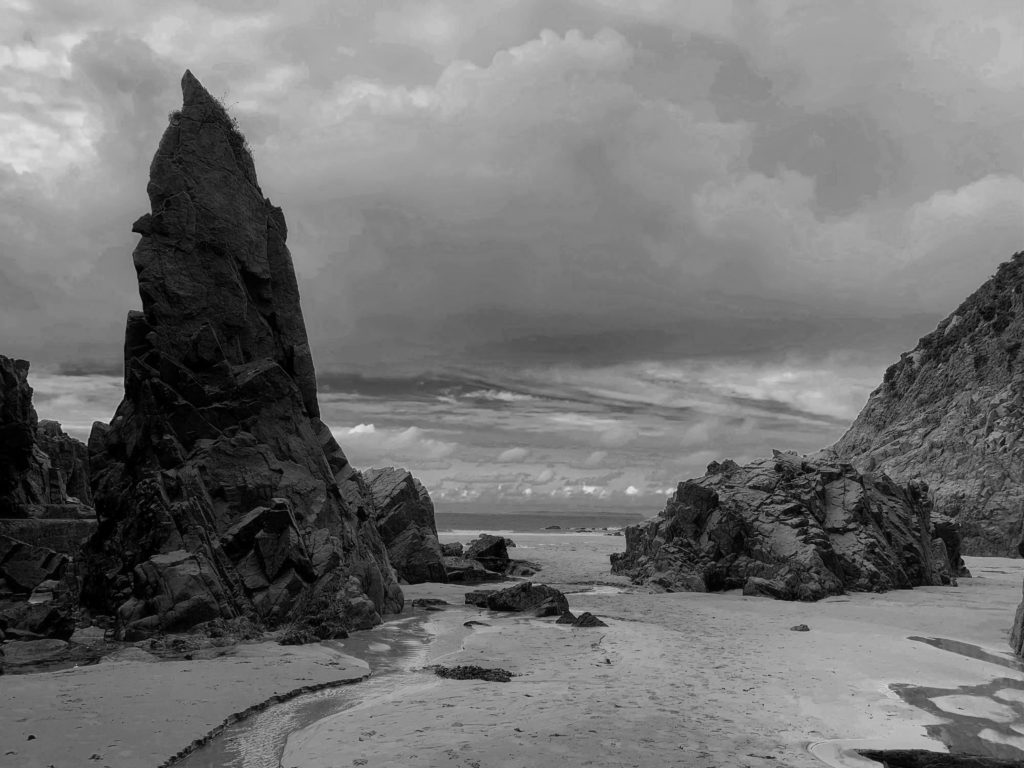

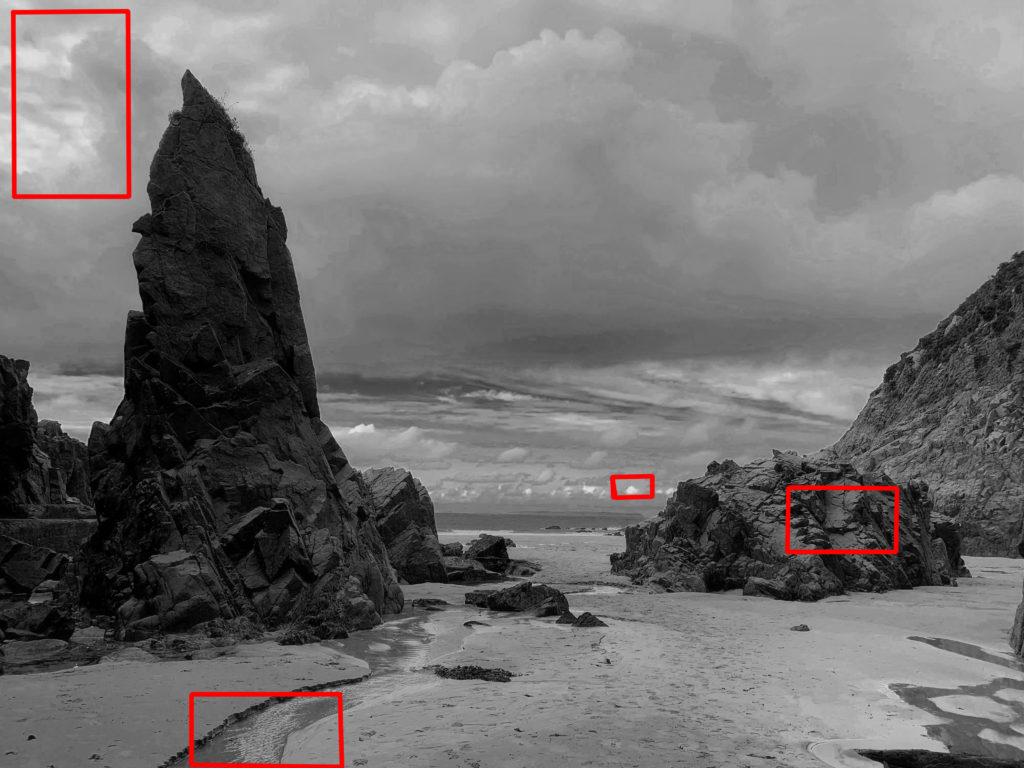
Editing the image in photoshop allowed me to control which colours within the image were darker and vice versa. This allowed me to make a highly contrasted image, similar to one of those produced by Ansel Adams. Following Adams zone system helped during the editing process.
Lighter tones are present in the small clouds in the background and elements of the sky. The ripple effect in the water is also highlighted by these light tones. The rocky formations help to dissect the image, making the photo more engaging to the viewer. The darker tones of these structures allow them to become a main focus of the image. I purposely wanted these to stand out when I took the photo as it’s a primary feature of romanticism to make the individual (or viewer) feel inferior to nature.
The sand within the image provides a texture that differs from the rough surface of the rocks. The stream of water creates a sort of leading line, directing the viewer though the smoothness of the sand to the uneven and irregular surface to the rock formations, sustaining the contrast within the image.

Between the late eighteenth and mid nineteenth century, an artistic and intellectual movement took place in Europe. Romanticism involved the portrayal of the beauty of nature, focusing on landscapes, weather phenomenons and dramatic colours.
A Storm in the Rocky Mountains, Mt. RosaliePainting by Albert Bierstadt
In the mid 18th century, romanticism in landscapes was portrayed through paintings. Artists like Albert Bierstadt, Frederic Church and Caspar David Friedrich are important figures in the Romantic movement, creating paintings that captured melodramatic scenery to initiate emotion, and a feeling of awe in the viewer.
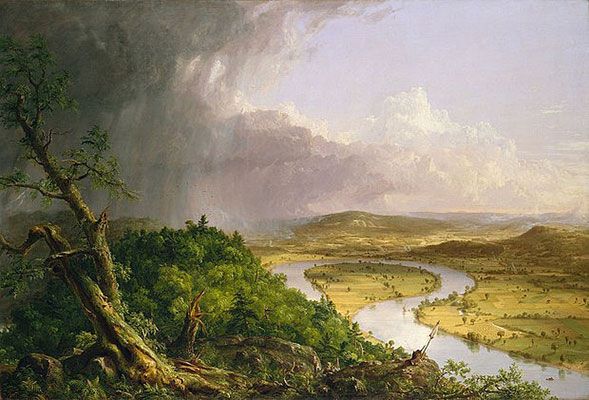
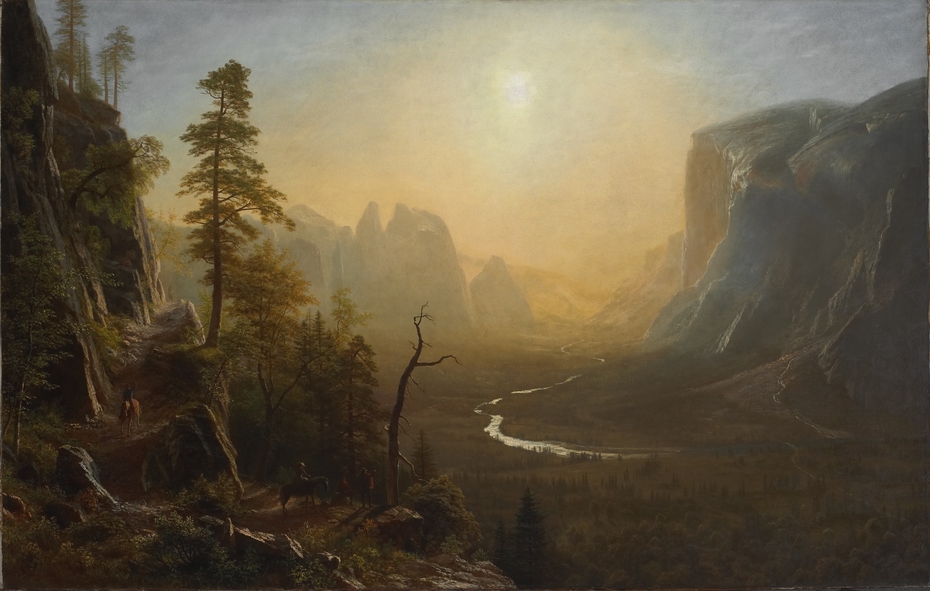
2. Manual Focus – By twisting the front part of the lens, you can manually focus or blur certain areas of the image.
3.White Balance – The process of removing unrealistic colour casts, so that objects which appear white in person are rendered white inthe photo.
4. ISO – Measures the sensitivity of the image sensor.
5. Aperture – Refers to an adjustable opening in your camera lens that is able to limit the amount of light passing through the lens and hitting the camera sensor.
6. Focal Length – The focal length of the lens is the distance between the lens and the image sensor when the subject is in focus e.g the standard cameralens with a focal length of 18-55mm
7. Depth of Field – Depth of field is the distance between the closest and farthest objects in a photo that appears focused/ clear.
8. Slow / fast Shutter Speed – When taking photos of fast moving things such as a runner, a fast shutter speed will be used in order to capture them clearly. Whereas, a slower shutter speed allows the lens to record more light over a longer period of time.
9. Exposure and exposure compensation – Exposure compensation is used to alter exposure from the value selected by the camera, making photographs brighter or darker.
Exposure – The amount of light the camera/ lens allows to pass through.
10. Exposure bracketing – This is a technoque used by many photographers; where they will take multiple photos of the same thing, but change the exposure each time. So when editing the images can be combied to show both colour and textures/ objects/ shadows.
Romantic, landscape environments. Cliff faces, caves, woodlands, the sea and sand (beaches).
Mornings, afternoons, leading into the evening – avoids harsh light from the middle of the day and allows for a different atmosphere and setting when the sun begins to set.
Possible locations:
Sorel point,
Grosnez,
Plémont Beach,
La Corbière,
Blanches Banques (sand dunes)
I’ve chosen to do this photoshoot with these locations to relate it back to the research and topic of Romanticism within landscape photographs we’ve been studying. I’ve chosen a variety of natural environments for my shoot in order to cover the different emotional responses that come from the power of nature and the sublime.
Equipment:
– 2x Lens
– Tripod
Use of tripod to keep the camera static when using slower shutter speeds and to keep the camera view the same when exposure bracketing (to create hdr images).
Different lenses to have the optimum focal range and depth.

I’m aiming to purposely over-exposing and underexposing a group of images to build up layers for some hdr photos.
Checking the weather forecast (Wind strength, sunset, tides etc.) to work out the right locations for each condition.
– For example, when the wind is quite strong I might go to the cliffs or by the sea to photograph the effect of the waves on the coast.
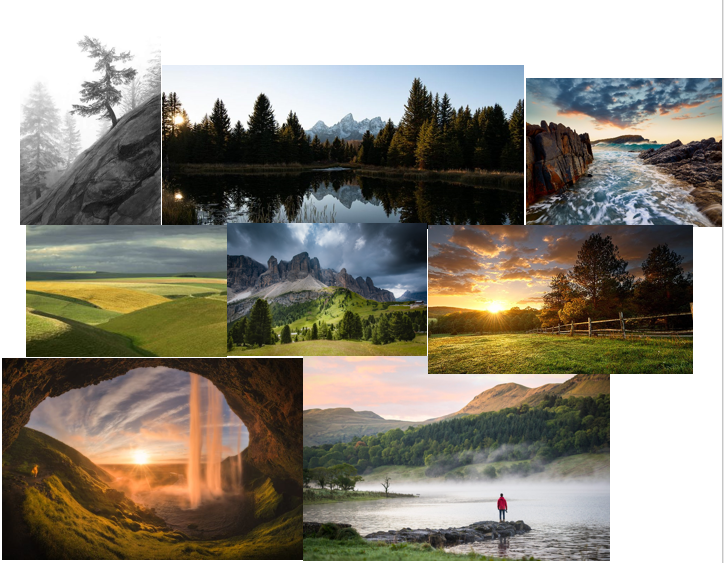
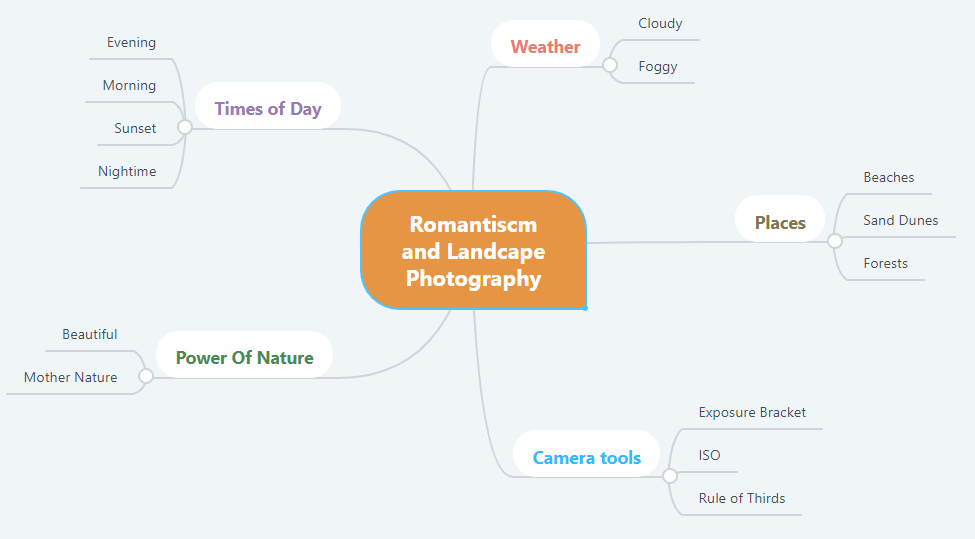
Romanticism in Landscape photography is all about reflecting and showing the power of nature and the environment. The romantic movement began in late 18th to early 19th century. Romanticism was not about harmony, peace and balance but more about the emotions and sometimes even irrational emotions that the artists may have, or even their experiences.
In terms of Photography it is seemed to be unpredictable and uncontrollable, this type of photography is seen to be interpreted in various ways and formats; such as beautiful, quiet and sometimes sensual. but also ” dark, stormy, with a foreboding spirit “
Due to the start of the Industrial revolution many people wanted to fight back which triggered the era of romanticism, this allowed photographers to focus on the power of nature and the places in the world that we still had “little human impact”.
http://www.photowriting.co.za/2016/12/for-long-time-viewers-have-been-aware.html